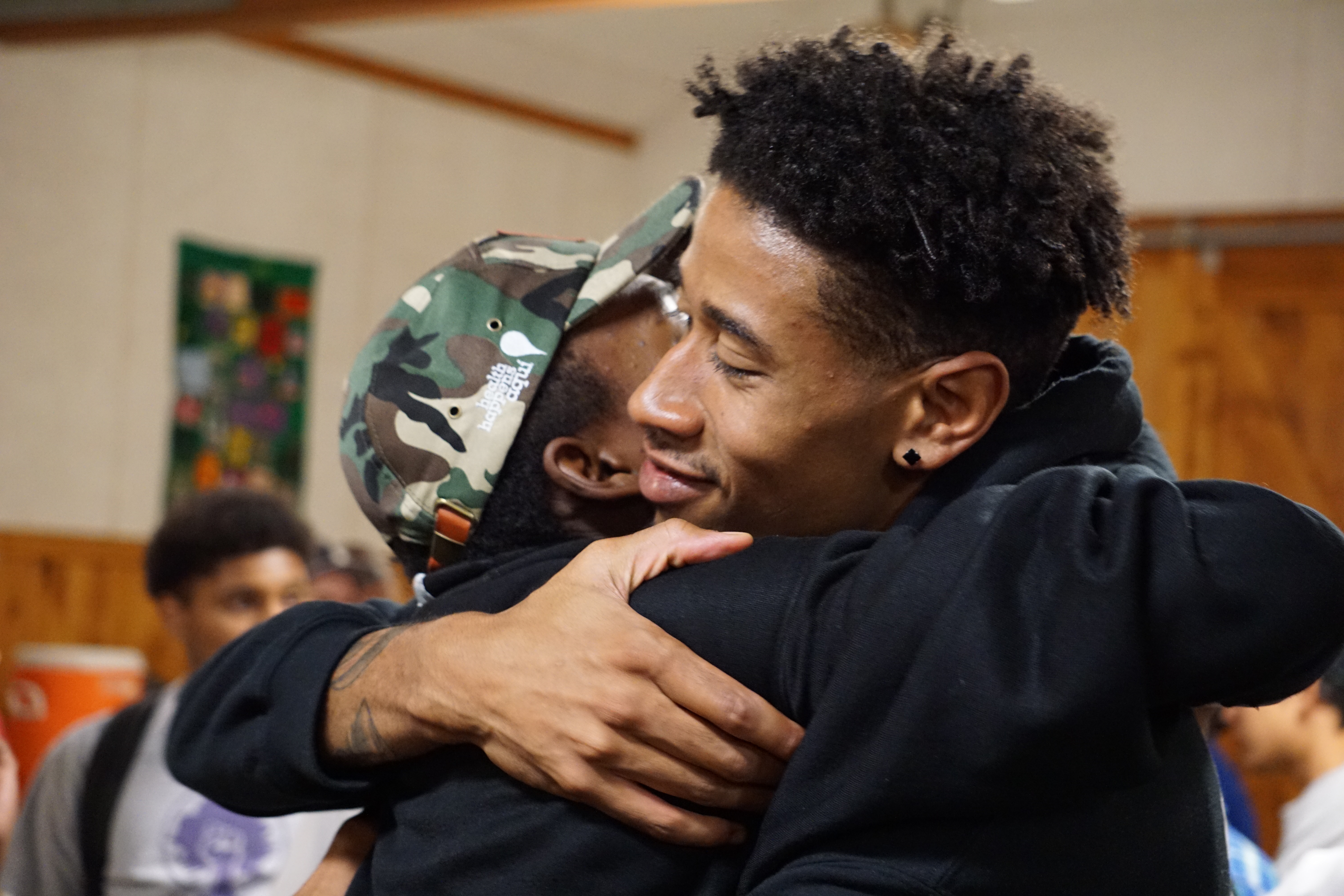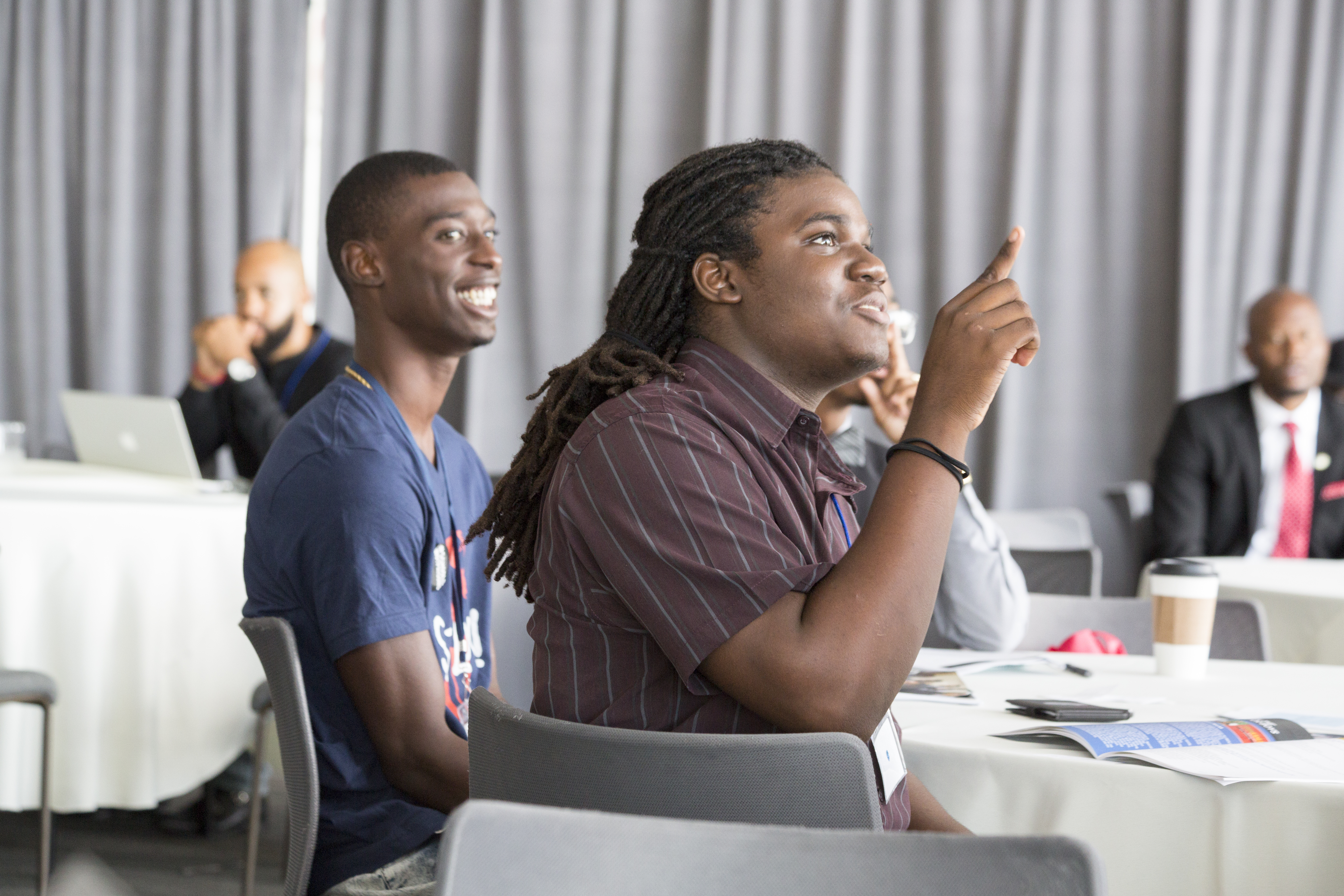My Brother's Keeper Alliance

History & Challenges
Our vision is to make safe and supportive communities a reality for all of our nation’s boys and young men of color, each and every one of whom is critical to our collective success. By realizing this vision, we are creating a brighter, more promising future, not just for our boys and young men of color, but for our country.
Our history
President Obama launched the My Brother’s Keeper program in February 2014, in response to the death of Trayvon Martin. The program sought to address the persistent opportunity gaps boys and young men of color face and to ensure all young people can reach their full potential.
We believe communities are the unit of change to realize improved life outcomes for boys and young men of color. Research shows that the collective work of community leaders, members, and public and private agencies pursuing the same goals for boys and young men of color can lead to sustainable, place-based change.

My Brother’s Keeper Alliance at the Obama Foundation
In 2018, 19 organizations across 10 states and Puerto Rico were chosen as national models to expand evidence-based initiatives to reduce youth violence, grow effective mentorship programs, and measurably improve the lives of boys and young men of color. The MBK Alliance team is working with these Impact and Seed communities to support the development of long-term strategic plans that chart life outcomes changes for boys and young men of color across the six milestones.
The Alliance is working with partners to offer tools, resources, and convening opportunities designed to support the growing network of nearly 250 MBK Communities that participated in the My Brother’s Keeper Community Challenge.
Our goal is to bolster the network of MBK Communities and all those that share our mission while promoting action, strengthening interventions, and sharing practices and policies that work.
Our challenges
Our country's persistent social inequities are widespread, rooted in structural and institutional racism, and prevent our boys and young men of color from reaching their full potential.
-
Poverty
Black, American Indian, and Hispanic children are between six and nine times more likely than white children to live in areas of concentrated poverty.
-
Discipline
Black students represent 16 percent of the public school student population, but make up 42 percent of those suspended more than once, and 34 percent of students expelled.
-
Employment
A Black baby boy born 25 years ago has a 1 in 2 chance of being employed today.
-
Crime
While only 6% of the overall population, Black males account for nearly half of all murder victims.
6 Key Milestones to Success
The MBK Equity Framework will help you uncover the disparate outcomes for boys and young men of color in your community.
Learn moreHow we do it


